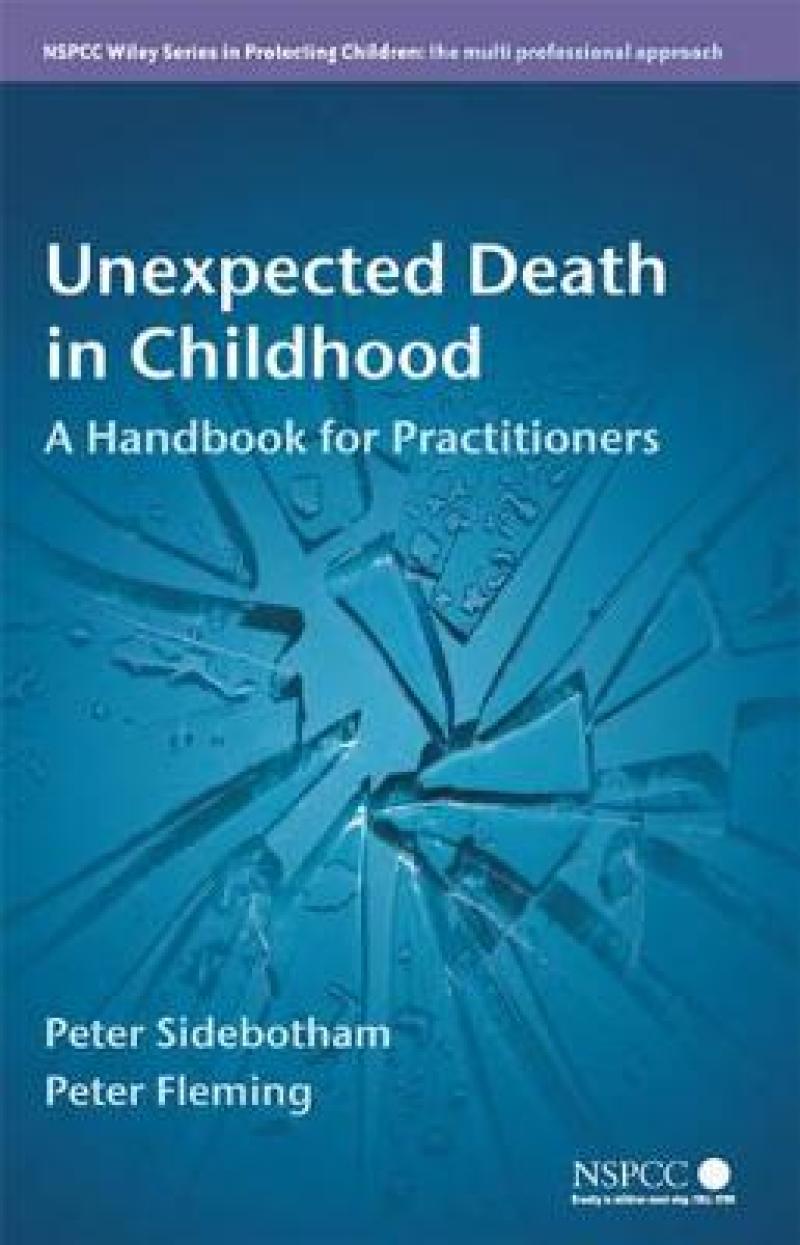For families who have experienced the death of a child, their private tragedy is all too often exacerbated by an inappropriate or incompetent professional response. For the professional charged with the responsibility of having to deal with unexpected child deaths, such as a pediatrician, a police officer, or social worker, this title offers guidance on how to respond adequately to this tragic event but also places the subject in a larger social context, examining the history, epidemiology, causes, and contributory factors surrounding the death of a child. The book also covers the prevalence and types of death, the role of the police in an unexpected child death, how to support families, how to undertake a serious case review, and how to prevent child deaths in the future. Part of the prestigious NSPCC Wiley Series in Safeguarding Children - The Multi-Professional Approach.
Les mer
For families who have experienced the death of a child, their private tragedy is all too often exacerbated by an inappropriate or incompetent professional response.
Foreword vii Preface ix A Note on Terminology xiii List of Contributors xv Acknowledgements xix I Understanding Childhood Death 1 1 A Family’s Journey 3Ann Chalmers 2 Childhood Deaths in Context 10Peter Sidebotham, Peter Fleming 3 Natural Causes of Unexpected Childhood Deaths 25Peter Fleming, Peter Sidebotham 4 Sudden Infant Death Syndrome 41Peter Blair 5 Deaths from Unintentional Injuries 61Jo Sibert, Peter Sidebotham 6 Fatal Child Maltreatment 75Peter Sidebotham II Responding When a Child Dies 95 7 Responding to Unexpected Child Deaths 97Peter Sidebotham, Peter Fleming 8 Police Investigation in Unexpected Childhood Deaths 132John Fox 9 The Paediatric Post-Mortem Examination 154Phil Cox 10 Supporting Families 170Alison Stewart, Ann Dent III Learning Lessons 203 11 Reviewing Child Deaths 205Martin Ward Platt 12 Serious Case Reviews 232Paul Tudor, Peter Sidebotham Appendices 1 Emergency Department Flow Chart and Checklist 252 2 History Proforma 256 3 Physical Examination Proforma 259 4 Laboratory Investigations 260 5 Scene Examination Proforma 263 6 Resources for Bereaved Adults 265 7 Resources for Professionals 271 8 Practical Information for Families 273 9 Opportunities to Be with Their Child 279 10 Creating Footprints, Photographs and Mementoes 281 11 A Framework to Guide Visiting 284 12 Child Bereavement Network Belief Statement 290 13 Local Case Discussion Proforma 291 14 Child Death Review Core Dataset 294 15 CDRT Proforma for Analysis 301 16 Tools for Developing a Child Death Review Team 304 References 310 Index 339
Les mer
Unexpected death during childhood is a rare occurrence in the western world. These deaths may occur as a result of sudden illness, accidents, or through maltreatment. Whatever the cause, each death is a tragedy for the family and all those involved with them. Professionals from all the caring agencies have a responsibility to help those families, offering support, investigating the cause of death, providing information, and above all seeking to prevent deaths in the first place. Sadly, the trauma experienced by families is all too often exacerbated by inappropriate or incompetent professional responses. The devastating consequences of getting it wrong have been clearly highlighted in recent court of appeal cases where previous convictions have been overturned. Both families and professionals suffer as a result. In the words of Baroness Helena Kennedy, ?it is every family?s right to have their baby?s death properly investigated?. However, this is an area where professionals often feel ill equipped and unprepared. Unexpected Death in Childhood explores the new guidelines and legislation in the UK that have placed further responsibilities on agencies to work together to review all child deaths and to respond appropriately to unexpected deaths in childhood. It is split into three sections; Understanding Childhood Death, Responding when a child dies and Learning lessons. The first section provides essential background knowledge on the causes and patterns of childhood death, drawing extensively from the most up to date scientific literature. Part two provides practitioners with the skills needed to respond to unexpected childhood deaths in a systematic yet sensitive manner. The final section covers processes needed to learn lessons from childhood deaths. Various practical tools and protocols are provided as appendices which are also available on the companion website (insert website address here). With many professionals finding themselves having to put procedures in place with little training or experience, this handbook is essential in providing practical advice. Unexpected Death in Childhood is part of the NSPCC Wiley series in Safeguarding Children ? The Multi-Professional Approach
Les mer
"It gives practical advice to professionals and can be recommended for specialists in legal medical and specialists from other fields involved in the investigation of these deaths inside and outside the UK." (International Journal of Legal Medicine, September 2008) "It gives practical advice to professionals and can be recommended for specialists in legal medicine and specialists from other fields." (International Journal of Legal Medicine, 2008)
Les mer
Produktdetaljer
ISBN
9780470060964
Publisert
2007-12-21
Utgiver
Vendor
Wiley-Interscience
Vekt
531 gr
Høyde
229 mm
Bredde
152 mm
Dybde
20 mm
Aldersnivå
P, 06
Språk
Product language
Engelsk
Format
Product format
Heftet
Antall sider
360
Biographical note
Peter Sidebotham, Consultant paediatrician and senior lecturer in child health, University of Warwick, UK. Designated doctor for child protection, North Warwickshire and Rugby PCTs, Co-editor NSPCC/Wiley Series in Safeguarding Children, Associate editor Child Abuse Review; editorial board, Child Abuse & Neglect.Peter Fleming, Professor of Infant Health and Development, University of Bristol, UK, Consultant Paediatrician, United Bristol Healthcare NHS Trust.
